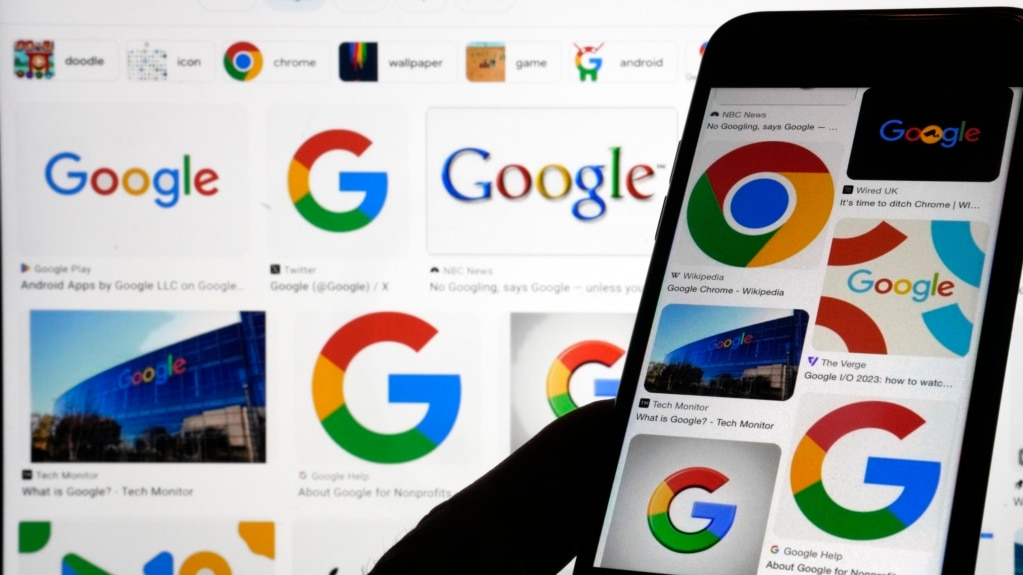Google has linked its Bard artificial intelligence (AI) tool to its Gmail service and other company offerings. The American-based search engine company says the change will permit its users to easily use the AI technology across different product areas.
Bard is a chatbot, a computer-driven system designed to interact smoothly with humans and perform high-level writing. Such tools are also known as “generative AI” or “large language models.”
The first widely released chatbot was ChatGPT. It was launched by technology company OpenAI late last year. Google announced the launch of its Bard tool last February. And shortly thereafter, Microsoft announced it was redesigning its Bing search engine to include OpenAI’s chatbot technology. Microsoft has invested billions of dollars in OpenAI.
In an announcement Tuesday, Google said it had created a system that makes it possible for users to extend the AI tool to other company services, or apps. This brings Bard technology to Google products including Gmail, Drive, YouTube, Maps, etc.
The system to expand the AI tool to other Google apps is called Bard Extensions. Users can decide which apps they want to add Bard to. This can be done by going to Google’s Chrome browser and following the process to activate new extensions. For the moment, Bard Extensions is only available in English.
In a statement explaining the change, Google gave several descriptions of how users could use Bard with other apps. For example, a user of Gmail could ask Bard to create a summary of all emails dealing with a particular subject.
Another example is a possible solution to someone planning a major family trip. In such a case, a series of Google apps can be used together with Bard.
The user can ask Bard to search through Gmail messages to get available trip dates from the emails of multiple family members. At the same time, a user can ask Bard to use Google Flights to look up flight dates that would work for the trip. Bard can also be used to book available hotel rooms and connect with Google Maps to provide everyone with directions to the airport. And users could also use Bard to find YouTube videos of things to do during the trip.
Another example Google gives is how Bard can link up with other apps to assist someone with a job search. In this case, Google suggests asking Bard to “find my resume titled June 2023 from my Drive and summarize it to a short paragraph personal statement.”
Another new add-on for Bard permits users to invite others into their Bard conversations.
In its announcement, Google also said it had created a way for users to verify whether information produced by the Bard tool is correct or not. This move is seen as an effort by Google to help users get over concerns about its AI system returning false, outdated or damaging results.
Google says the use of Bard’s “Google it” button can test the correctness of its results. When people use this button, Bard’s results are compared with the results of a Google search on the same subject. Then, Bard points out the differences in its own results compared to information returned from Google search.
Google senior product director Jack Krawczyk told Reuters news agency the company thought it was important to add this ability to help users find the most truthful results.
“We are presenting (Bard) in a way that it admits when it’s not confident,” Krawczyk said. He added that the effort is part of a goal by Google to build user trust in generative AI tools, while holding Bard accountable for its performance.
In announcing Bard Extensions, Google promised to protect users' privacy by blocking its employees from seeing any personal information Bard gets from apps such as Gmail or Drive. It said it had also taken steps to prevent data linked to Bard from being used to target users with ads or to train the AI tool.
Krawczyk noted that currently, Bard users can only pull in information from other Google apps. However, he said Google is already working with other companies to be able to connect their apps to Bard in the future.
I’m Bryan Lynn.

